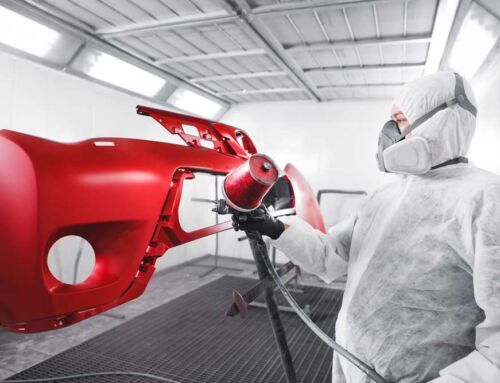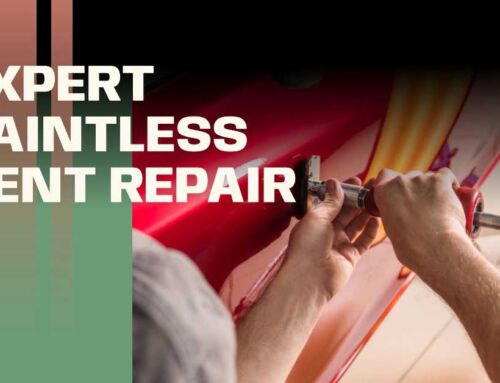 As we descend into the 21st century, we can marvel at how far technology has brought us into the future. Devices that are commonplace to us today would have been science fiction decades ago. However, there is one area that seems to be relatively stagnant in terms of development: automobiles. Overall, the design and function of the car hasn’t changed much in the last hundred years, with only minor advancements regarding gadgetry and innovation, and most of those are related to safety and improved performance.
As we descend into the 21st century, we can marvel at how far technology has brought us into the future. Devices that are commonplace to us today would have been science fiction decades ago. However, there is one area that seems to be relatively stagnant in terms of development: automobiles. Overall, the design and function of the car hasn’t changed much in the last hundred years, with only minor advancements regarding gadgetry and innovation, and most of those are related to safety and improved performance.
Fortunately, though, for those of you who take pride in the exterior of your car; washing it, waxing and polishing, and keeping the paint dent and scratch-free, there is a new product for you. Self-healing paint.
Admittedly, this substance is still in testing and probably won’t be put into mass-production soon, but it showcases the possibilities that are out there. For anyone who has had to pay for costly paint and buffer jobs, the days of paying to cover up dings will soon be history.
The concept of self-healing paint has been around for a while, and different manufacturers have used different materials to achieve the same effect; typically using some kind of space-age polymer that can refill scratches with relative ease. However, there is a new development that may make the process easier and more cost-effective. If it proves viable, we may see new cars rolling off the line with this miracle material.
Using chitin, which is the main component of shells for various crustaceans, such as lobster and crab, scientists have created a coating that can heal itself via sunlight. The chitin is used to create a synthetic material called chitosan, which reacts with the UV rays from the sun to form chemical bonds with other components of the paint to repair any damage. There is far more science and chemistry involved than we want to go into here, but that is the basic function of the material. Typically, the paint will heal itself in direct sunlight within minutes, but depending on the severity of the damage, it could take up to an hour or so.
As these scientists work on developing and finessing the coating itself, it should become much more viable to implement it on commercial and consumer vehicles. The biggest benefit of this material is that it can be applied to any type of vehicle, old or new, and still work perfectly. Someday in the near future, we could see a world where every car looks brand new, regardless of age or mileage. Truly we will have entered a golden age. Then it’s just a matter of enabling them to fly.




